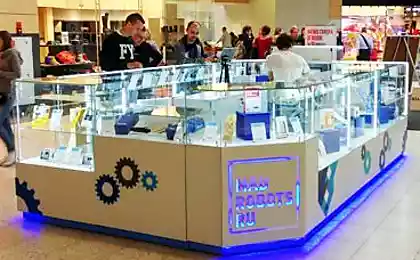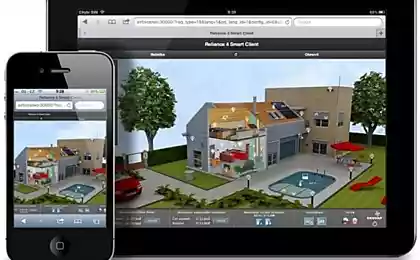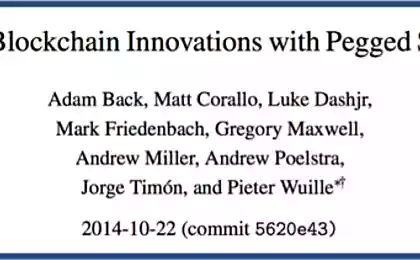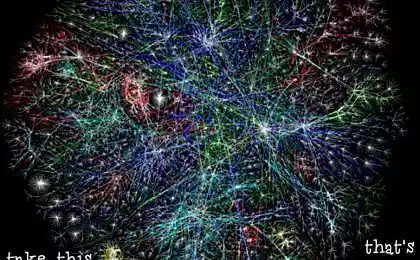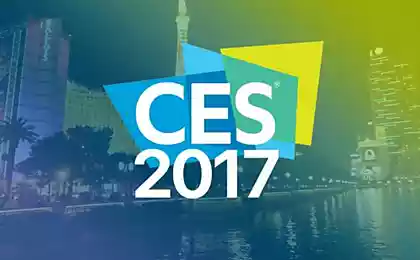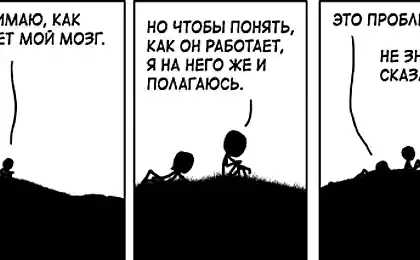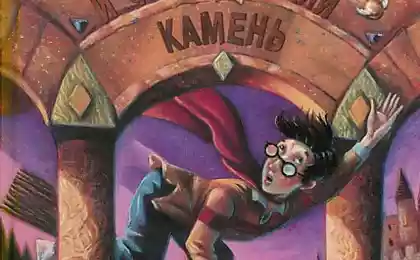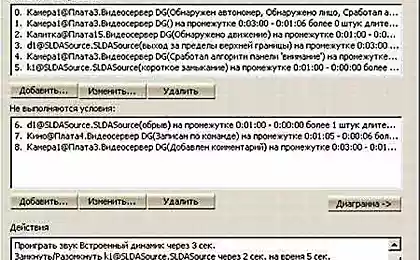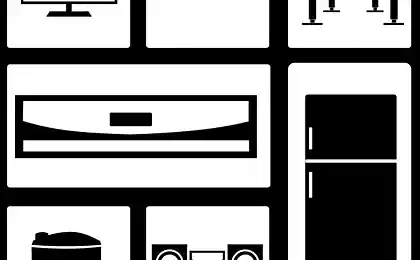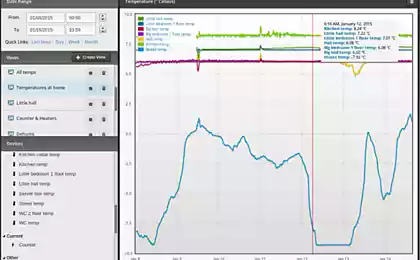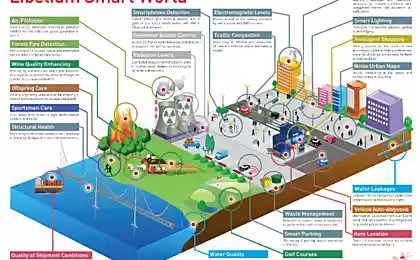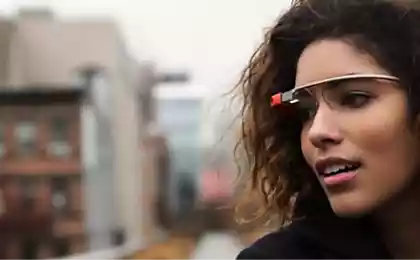1551
Internet of things much more than you can imagine
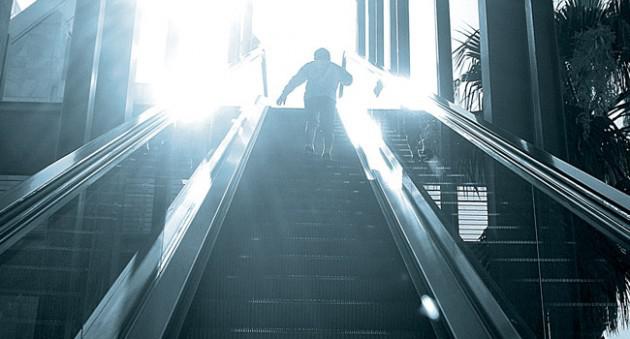
On the Wired published an article titled The Internet of Things Is Far Bigger Than Anyone Realizes by Daniel Burrus (Daniel Burrus), who is considered one of the most respected authors in the field of future technologies and expert in innovation. Is the author of Flash Foresight, which became a bestseller on the version of The New York Times. We offer you a translation of this material. I>
Speaking about the next big thing, people never think really big. And it is not a lack of imagination. The problem, rather, the lack of observation. In fact, the future is always close enough that it can be seen. The future is already here, and it does not need to invent.
What they say today the most? Of course, on the Internet of things, which include (rightly or not) almost everything that 1) is related to communications machine-to-machine (machine-to-machine or m2m); is 2) based on computer calculations and networks collecting various data sensors; 3) mobile, virtual and constantly in communication; and 4) are designed to do everything that surrounds us, from streetlights and to industrial facilities, "smart».
What does it mean, "people do not think to really big?" In talking too much emphasis on m2m-communications, communication machines (devices) to other machines (devices). But the device is just a tool, something tangible that performs a specific set of functions or activities. And when we talk about "smart devices" is much more important that they are equipped with sensors.
Sensor - this is not a device. The sensor has no effect in the same sense in which it makes the machine. Sensors measure, evaluate. In other words, data is collected. The true essence of the Internet of Things - a symbiosis of sensors and machines. That is the real value of the phenomenon of the Internet of things is to bring together the machines and sensors to collect and interpret data. All possible information collected from all sensors of the world is worthless if there is no infrastructure to analyze it in real time.
The key to this must be cloud-based applications. Without them, the Internet of things simply can not exist: no one will transmit the collected data and interpret them. That application work for you always and everywhere.
To illustrate the idea, we give an example. In 2007, a bridge collapsed in Minnesota on a major highway, resulting in numerous casualties. This happened because the steel structure could not withstand the increased loads. If during the construction of the bridge was used smart cement containing sensors capable monitor load, cracking and deformation, and report it to the data center, the tragedy could have been avoided.
And such technology can be applied not only in the construction of bridges. The same sensors could detect the appearance of ice on the road surface and wirelessly notify your car via the onboard computer. That, in turn, inform the driver and offer to reduce speed, and if the driver does not follow the advice, will do it automatically. Thus in the concrete sensors interact with the machine in a car, transferring information to the effect. This is just one example of a message-sensor machine and machine-to-machine.
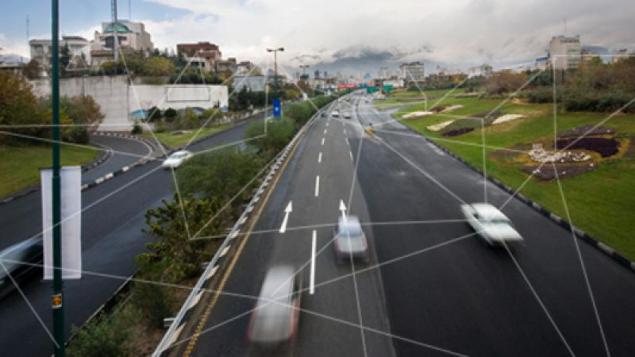
It is not hard to imagine that it can give. What happens if smart cars will communicate with each other through intelligent traffic control system of the city? We'll get the optimization of traffic - traffic lights will not work on pre algorithms, and in view of the current traffic conditions. Drivers will receive relevant information about the busy streets and road conditions, and can either make their own decision about the use of an alternative route, or navigate to a car or computer tips intelligent road signs and information boards.
So, we have sensors that monitor a variety of parameters, there are cloud-based applications that provide processing and transmission of the data collected from machine to machine, and we have a mobile device with a response in real time. Our bridges have become smart bridges, cars - smart cars. The next step is a smart city, and so on.
But what we get from this advantage? What are the benefits? Which industries such changes may affect?
Now we come to the answer to the question of what it means "to think big." It is important to understand that it is not only what benefits we get. It's not in bridges and even in cities. We are talking about a huge, fundamental shift. Doing things reasonable, we create a source for the creation of entirely new products and services.
Among all the technological trends of the present time, the Internet of things is probably the most important. That it will change our world dramatically. In the next 5 years, the greatest number of opportunities for growth and development of our society will be based here. And how great opportunities waiting for us, is to talk separately.
Source: geektimes.ru/post/241882/
SpaceX adds to the reusable rocket stages, stabilizers and provides floating landing sites for returning missiles
In the Ministry of Communications Bill Mikhalkov considered an attempt to legitimize piracy



